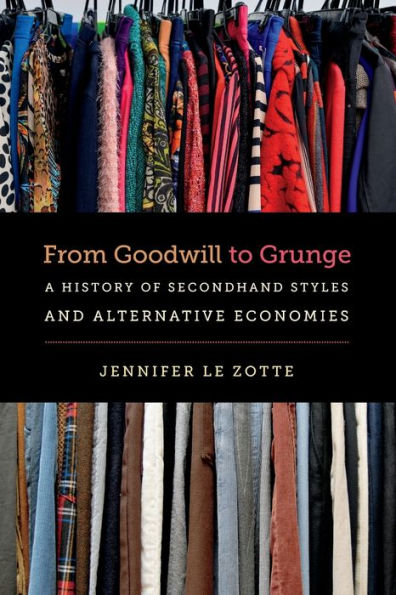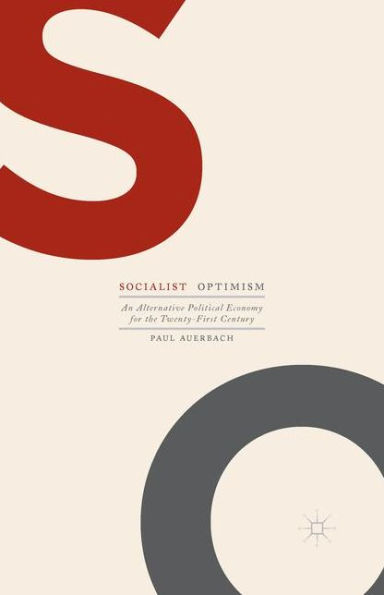Home
From Goodwill to Grunge: A History of Secondhand Styles and Alternative Economies
Barnes and Noble
From Goodwill to Grunge: A History of Secondhand Styles and Alternative Economies
Current price: $99.00


Barnes and Noble
From Goodwill to Grunge: A History of Secondhand Styles and Alternative Economies
Current price: $99.00
Size: Hardcover
Loading Inventory...
*Product information may vary - to confirm product availability, pricing, shipping and return information please contact Barnes and Noble
In this surprising new look at how clothing, style, and commerce came together to change American culture, Jennifer Le Zotte examines how secondhand goods sold at thrift stores, flea markets, and garage sales came to be both profitable and culturally influential. Initially, selling used goods in the United States was seen as a questionable enterprise focused largely on the poor. But as the twentieth century progressed, multimillion-dollar businesses like Goodwill Industries developed, catering not only to the needy but increasingly to well-off customers looking to make a statement. Le Zotte traces the origins and meanings of "secondhand style" and explores how buying pre-owned goods went from a signifier of poverty to a declaration of rebellion.Considering buyers and sellers from across the political and economic spectrum, Le Zotte shows how conservative and progressive social activistsfrom religious and business leaders to anti-Vietnam protesters and drag queensshrewdly used the exchange of secondhand goods for economic and political ends. At the same time, artists and performers, from Marcel Duchamp and Fanny Brice to Janis Joplin and Kurt Cobain, all helped make secondhand style a visual marker for youth in revolt.

















